14 Wild Animals in Latvia [Wildlife in Latvia]
Want to know more about the wildlife in Latvia?
Discover 14 wild animals in Latvia in this post, as well as interesting facts about them. 🇱🇻
Learn All About Latvian Animals
Ready to learn all about Latvian animals?
I’ve always been fascinated by animals, and by how they can be so different from one country to another. In this guide, we’ll focus on the many animals Latvia has on the land, in the sky, and underwater.
I’ve split the guide into 5 categories:
- Native animals from Latvia
- Endangered animals of Latvia
- What is the national animal of Latvia?
- How many animals native to Latvia?
- What is the most dangerous animal in Latvia?
Let’s dive in right away with our first category!
Native Animals from Latvia
Latvia is a European country located in the northeastern part of the continent. It is one of the Baltic states as it is located next to the Baltic Sea, and it used to be a part of the German Empire, but declared its independence in the aftermath of World War I, in 1918. It is bordered by Belarus, Estonia, Lithuania, and Russia, and its capital and largest city is Riga, which counts more than 614,000 inhabitants (but more than 1,070,000 if you include the metropolitan area).
An interesting part of the country that I wanted to tackle is its wildlife. In light of that, I have listed the best of it, and I hope you will love learning what animals live in Latvia.
Here’s the Latvia animals list.
1. Eurasian brown bear
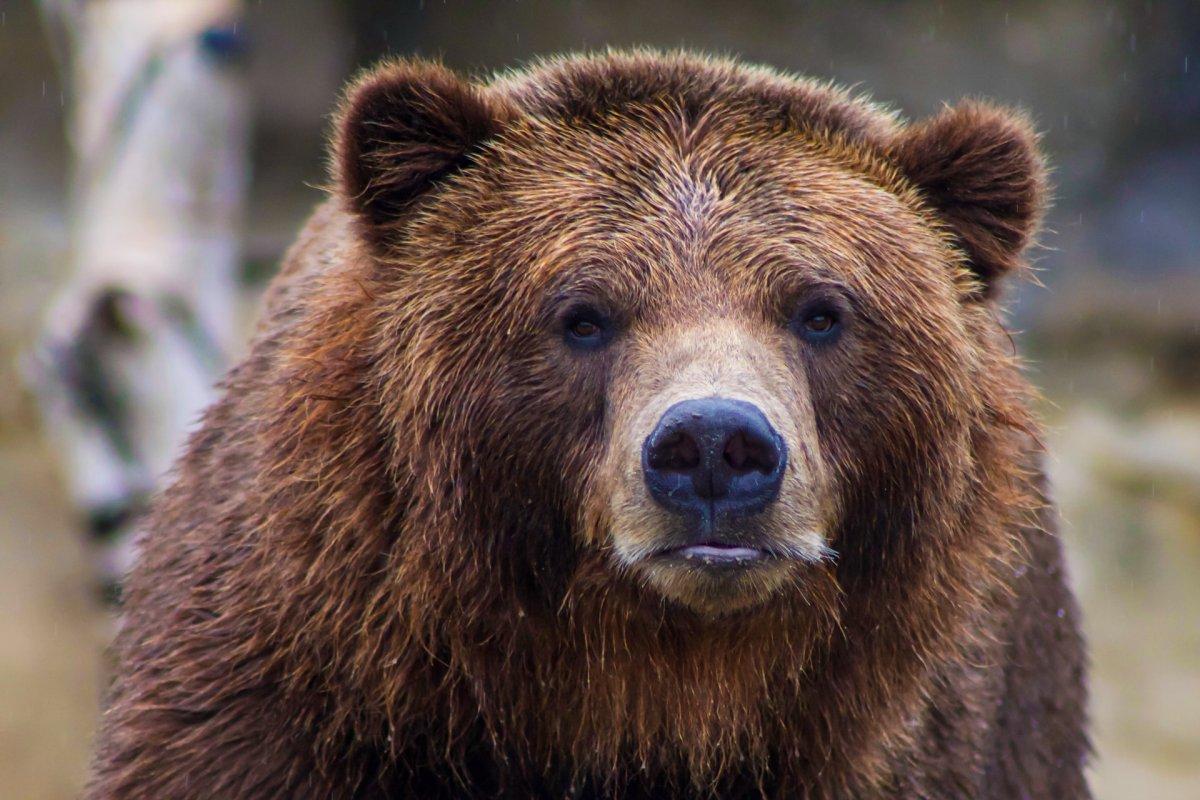
- Name: Eurasian brown bear
- Scientific name: Ursus arctos arctos
- Conservation status:
Perhaps the most emblematic animal of the European forests, the Eurasian brown bear, also known as the common bear, is one of the most widespread and common subspecies of the brown bear; it inhabits most of Eurasia.
This bear has a long history of interaction with humans: it became extinct in Britain in AD 1000 after being overhunted, and was used in Ancient Rome for fighting in arenas!
2. Harbor porpoise
- Name: Harbor porpoise
- Scientific name: Phocoena phocoena
- Conservation status:
The harbor porpoise is one of the smallest species of cetacean. It inhabits river estuaries and coastal areas and is very familiar to whale watchers.
However, this proximity is also the demise of this aquatic mammal: overfishing, pollution, noise pollution, fishing accidents, and hunting are all human-related threats that the harbor porpoise has to face. Because of this, while it is considered as least concern globally, it is listed as vulnerable to extinction in Europe.
3. Peregrine falcon
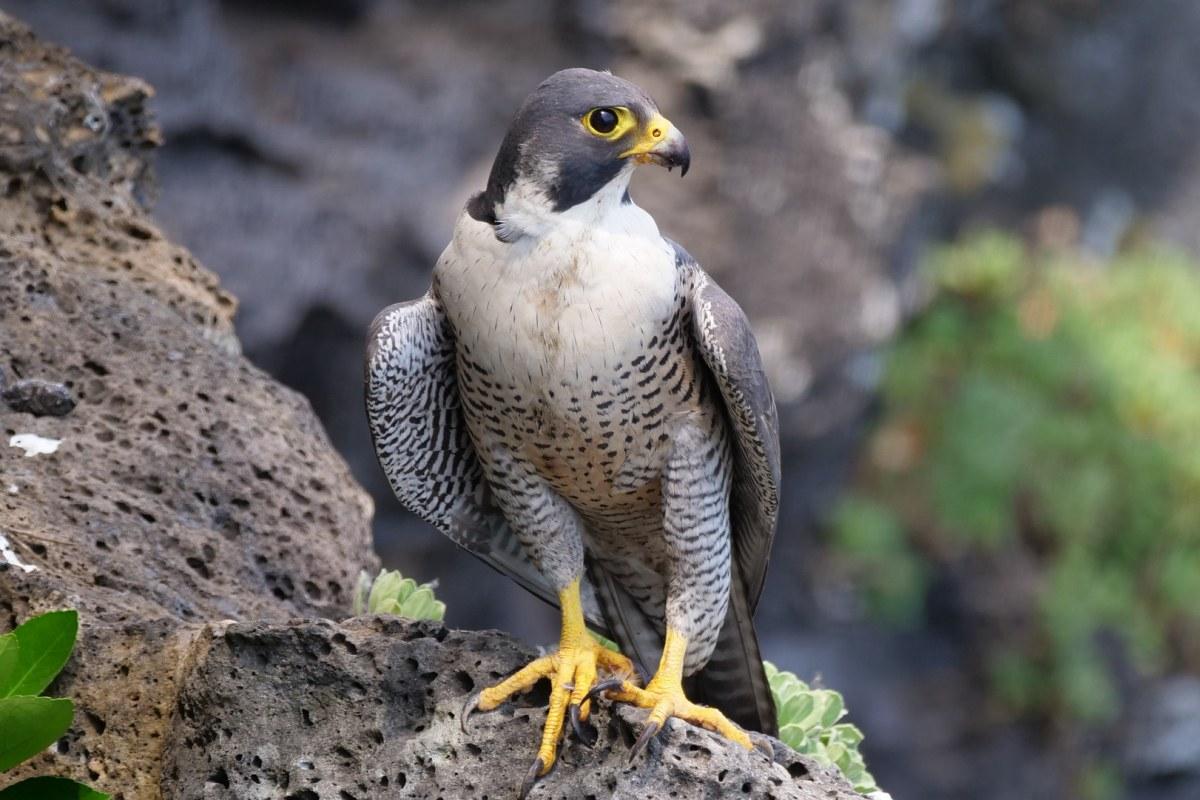
- Name: Peregrine falcon
- Scientific name: Falco peregrinus
- Conservation status:
The peregrine falcon, also known as the duck hawk or the peregrine, is a large species of a falcon with a black head and barred white underparts. It is known worldwide for being the fastest animal on the planet, reaching outstanding speeds of up to 389 km/h / 242 mph when diving!
Outside of extreme polar regions, tropical rainforests, and very high mountains, the peregrine falcon can be found basically everywhere in the world, which is why it is the world’s most widespread raptor and one of the most widely seen species of bird.
4. Eurasian lynx
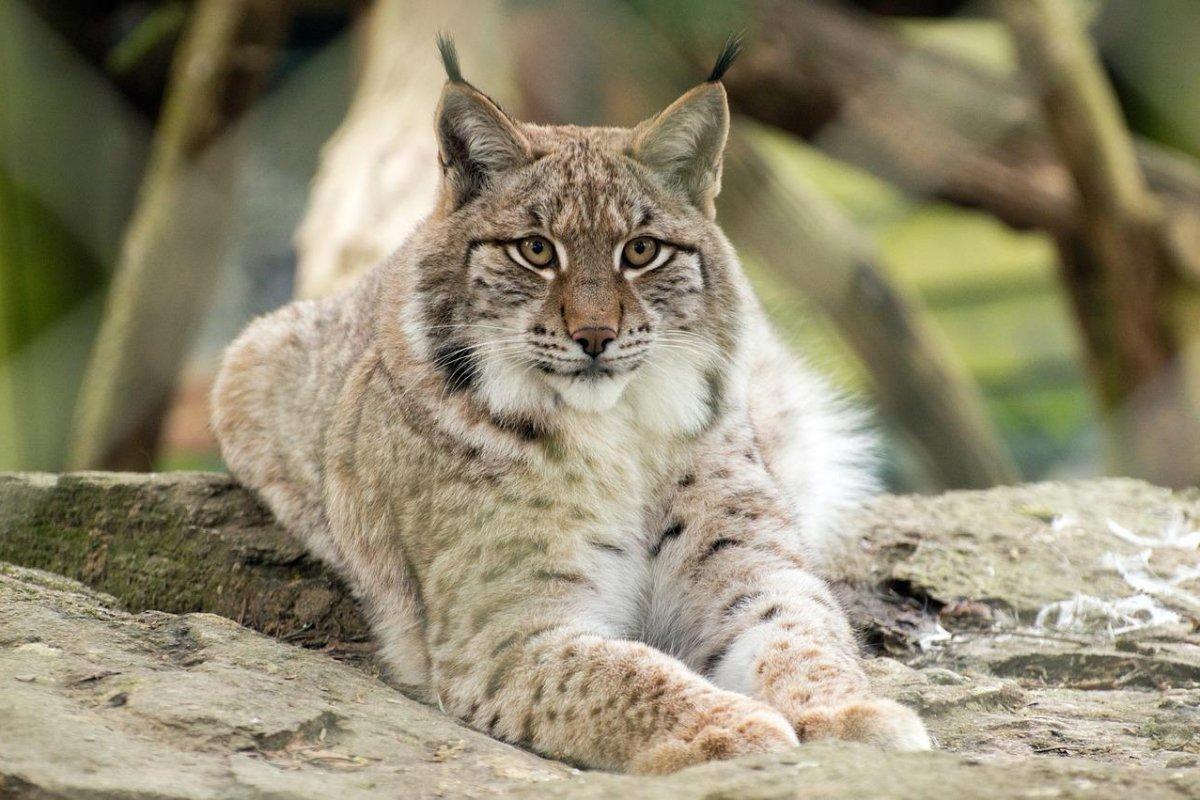
- Name: Eurasian lynx
- Scientific name: Lynx lynx
- Conservation status:
The Eurasian lynx is a medium-sized species of wild cat living at the heights of the European and Asian mountains, at elevations of up to 5,500 m / 18,000 ft. It is an elusive, shy cat that preys on small mammals and rodents.
Thanks to its wide distribution, the Eurasian lynx is considered of least concern, but it is more and more threatened by habitat fragmentation and loss, depletion of prey, and poaching.
5. Eurasian wolf
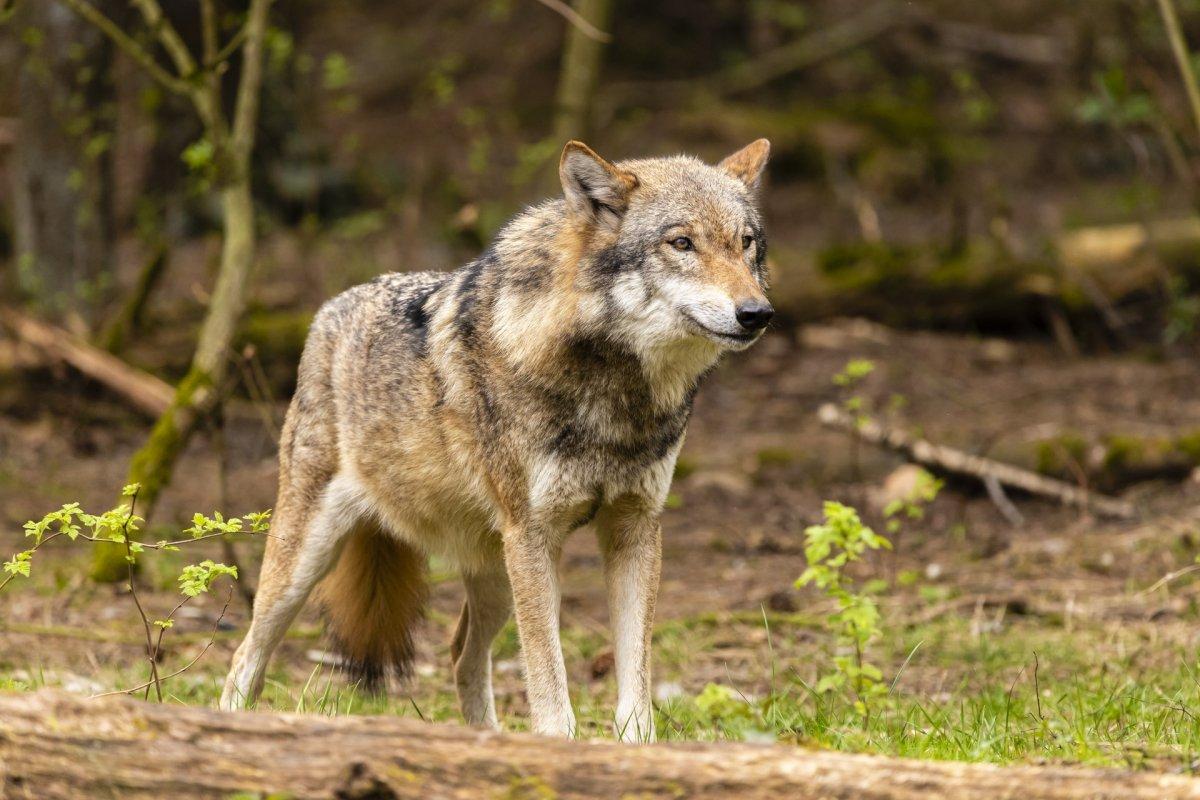
- Name: Eurasian wolf
- Scientific name: Canis lupus lupus
- Conservation status:
The Eurasian wolf, also known as the common wolf, is one of the most widespread subspecies of the gray wolf, as its range extends from southwestern Europe to northeastern Russia. While it used to be much more widespread, its range has now greatly shrunk and its populations are scattered.
This wolf is the largest of Old World gray wolves, and many individuals are forced to subsist mostly on livestock and garbage in urban areas. Because of this, this animal has had a long history of interaction with humans.
6. Eurasian otter
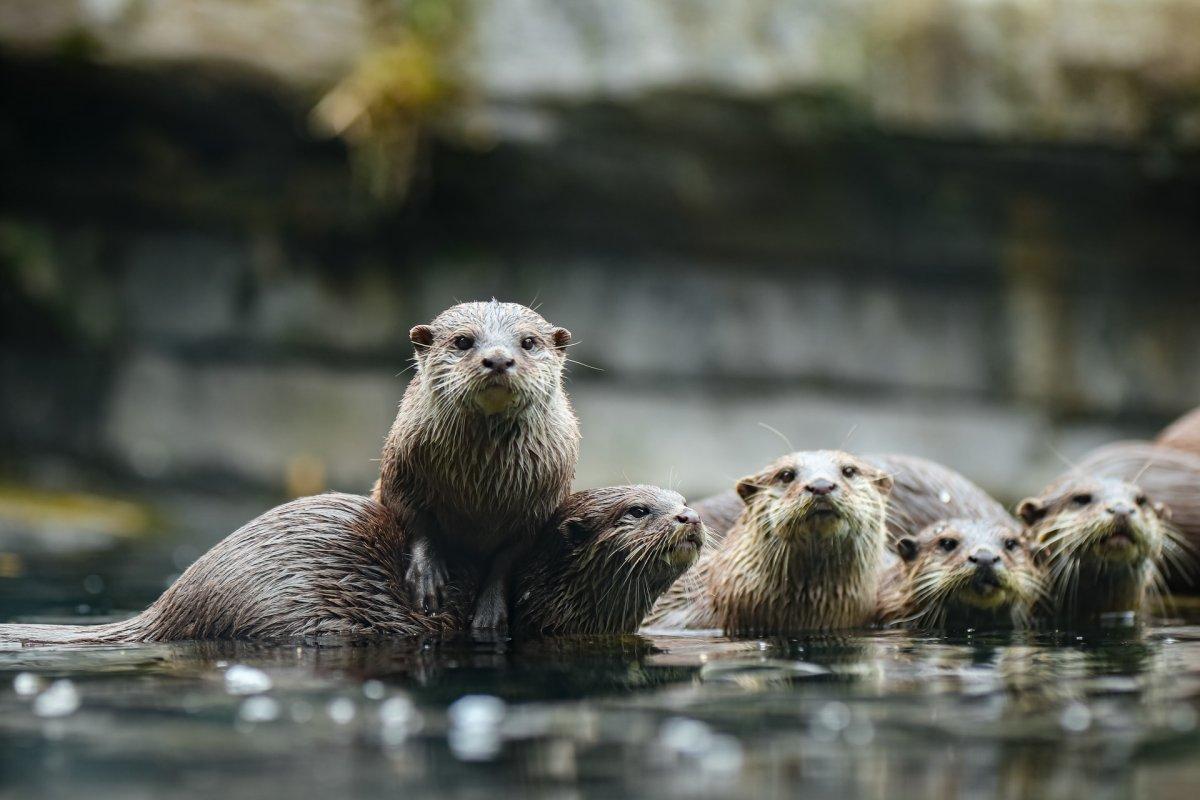
- Name: Eurasian otter
- Scientific name: Lutra lutra
- Conservation status:
The Eurasian otter, also known as the Eurasian river otter, the common otter, or the Old World otter, is a species of semi-aquatic mammal native to much of Eurasia, the Indian subcontinent, Southeast Asia, and the extreme northwestern parts of Africa, in Morocco and Algeria.
This otter mostly feeds on fish and is strongly territorial. Depending on the area, it is more or less threatened and is sometimes even recovering.
7. Gray seal
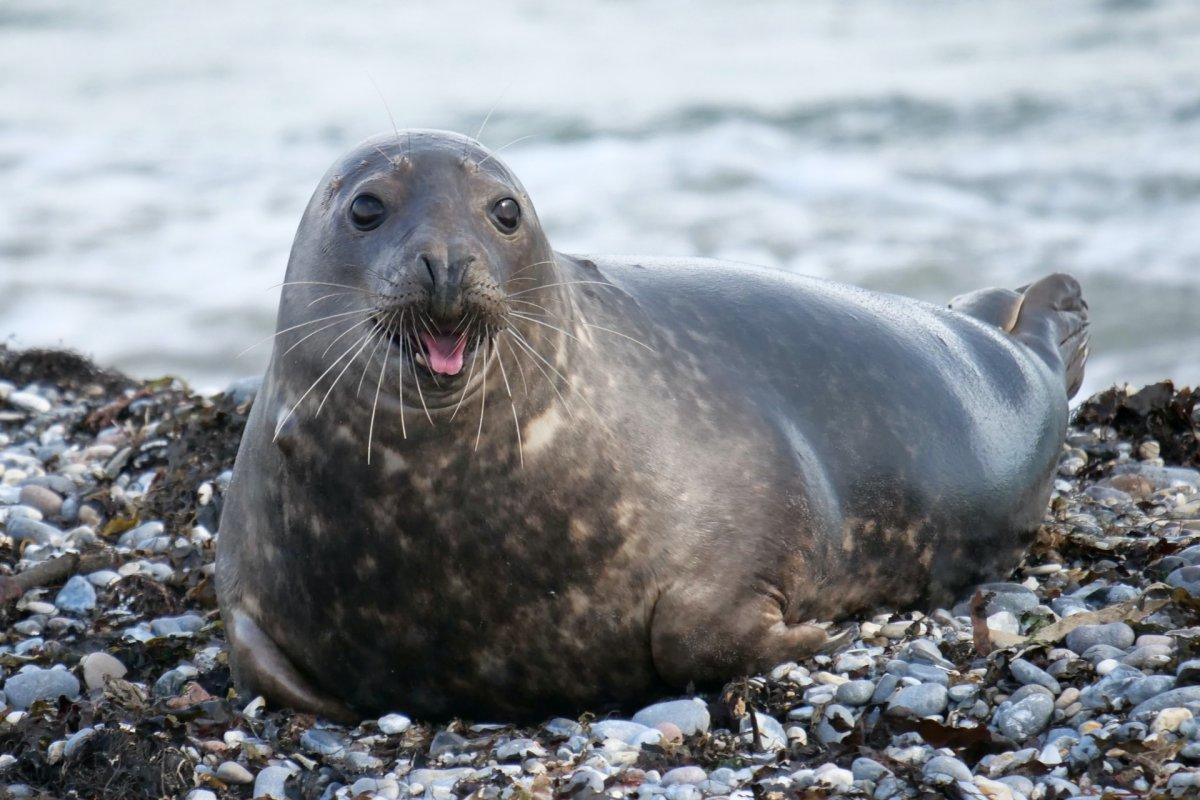
- Name: Gray seal
- Scientific name: Halichoerus grypus
- Conservation status:
The gray seal, also known as the horsehead seal or the Atlantic seal, is a large species of seal native to the coastlines of the Atlantic, from the United States and Canada to Iceland, the United Kingdom, Scandinavia, and the Baltic Sea.
It breeds in very large colonies of thousands of members and is further divided into two subspecies, the most common one and the Baltic Sea subpopulation, which is the one you will obviously find in Latvia.
8. European bison
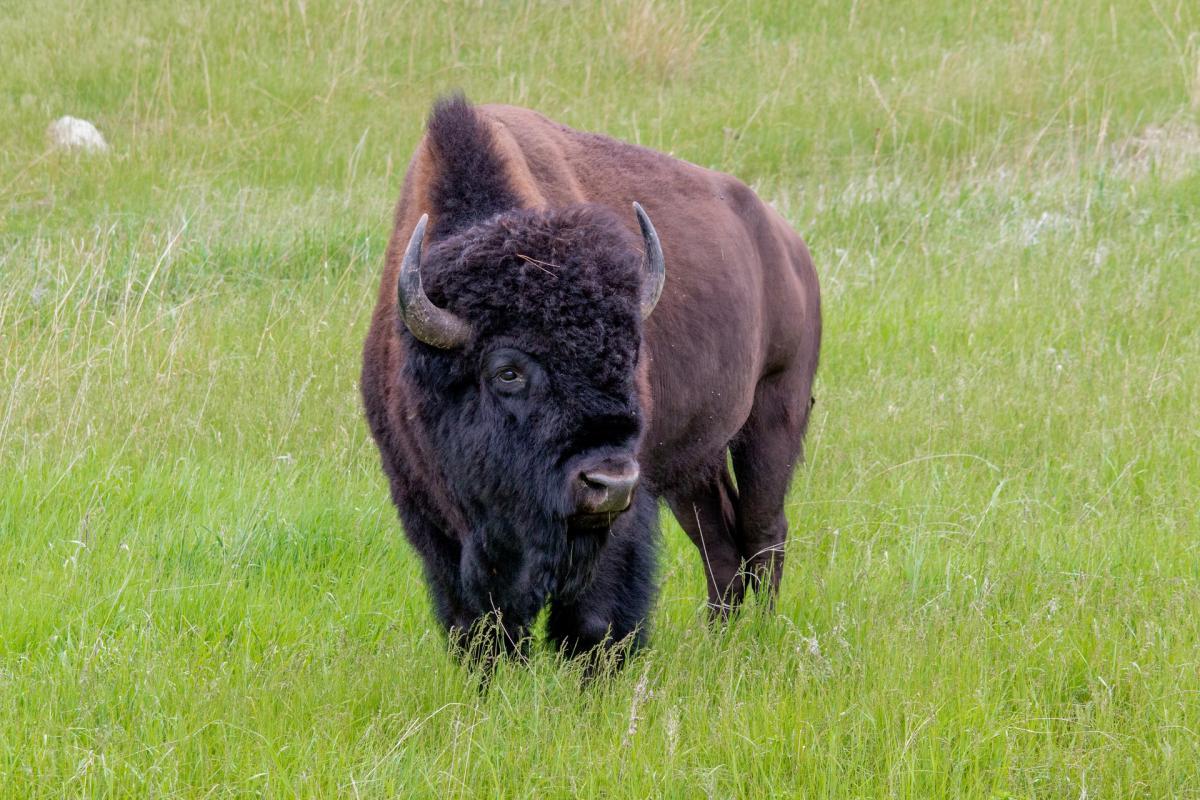
- Name: European bison
- Scientific name: Bison bonasus
- Conservation status:
The European bison, also known as the zubr, the European wood bison, or the European buffalo, is the European counterpart of one of the most iconic American animals, the bison. It is the heaviest wild land animal in all of Europe, and individuals in the past were even bigger than their descendants.
This bison was hunted to extinction at the beginning of the 20th century, but thanks to slow, steady reintroduction programs, it is now present in several European countries, in scattered populations.
9. Mountain hare
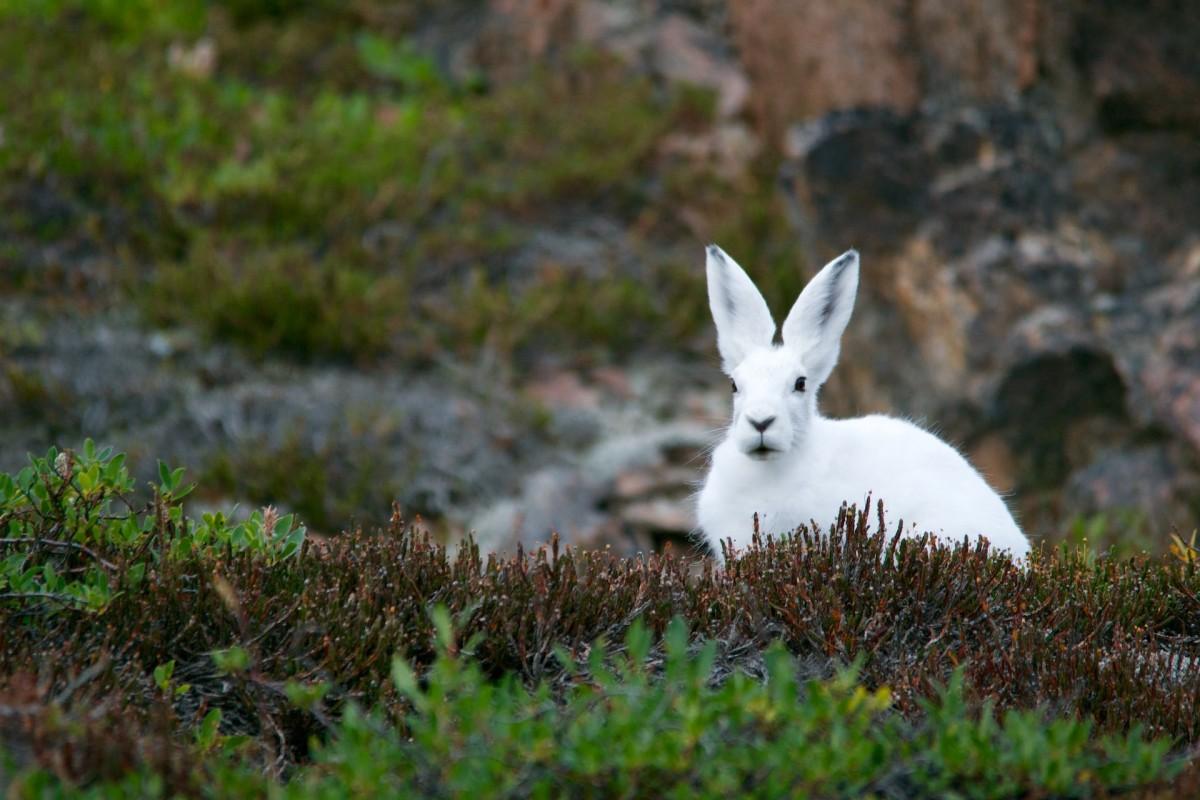
- Name: Mountain hare
- Scientific name: Lepus timidus
- Conservation status:
The mountain hare, also known as the variable hare, the alpine hare, the snow hare, the Irish hare, the tundra hare, the white hare, or the blue hare (that’s a lot of names!), is a species of hare particularly adapted to mountainous and polar habitats.
It inhabits much of the northern half of Europe and Asia, and its coat greatly varies depending on its environment and the season.
10. Roe deer
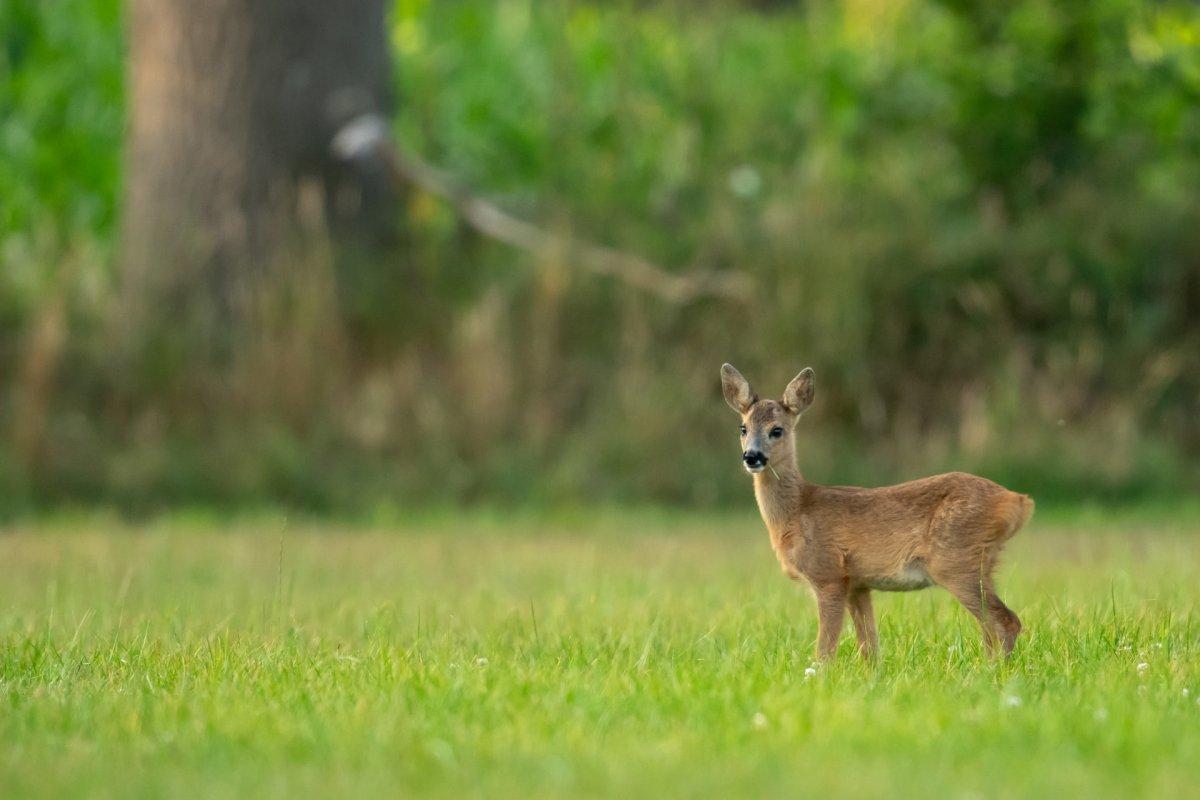
- Name: Roe deer
- Scientific name: Capreolus capreolus
- Conservation status:
The roe deer, also known as the European roe, the western roe deer, or simply the roe, is a species of deer native to all of Europe except for Ireland and the islands of Corsica and Sardinia.
This small deer species usually remains hidden in dense forests during the day, when it is particularly difficult to spot; however, it emerges at dusk and ventures into open habitats in order to find food.
11. Snowy owl
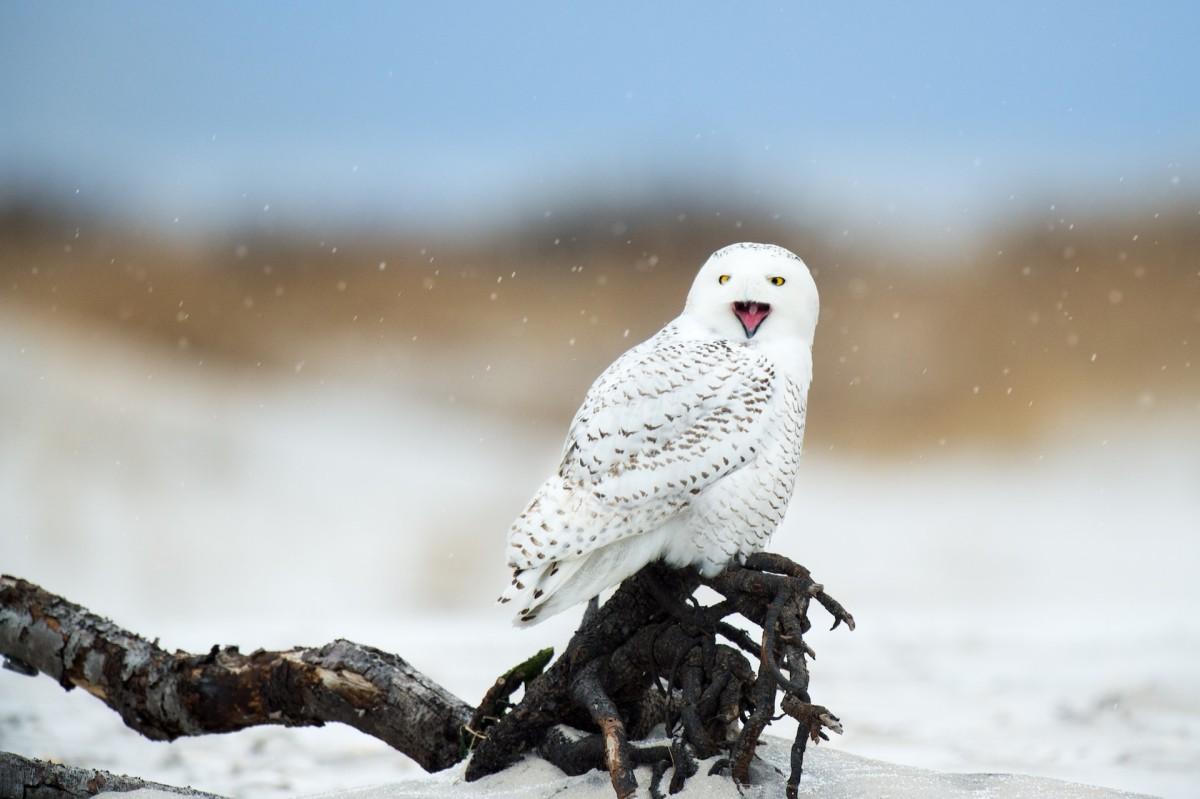
- Name: Snowy owl
- Scientific name: Bubo scandiacus
- Conservation status:
The snowy owl, also known as the Arctic owl, the polar owl, or the white owl, is arguably the most beautiful species of owl on the planet. This majestic bird of prey can be found in all of the northern regions of the globe, from the North Pole as far South as the Baltic states.
Notoriously featured in the Harry Potter saga, the snowy owl is sadly threatened by traffic accidents (both aircrafts and cars), persecution, and electrocution on pylons.
12. Greater spotted eagle
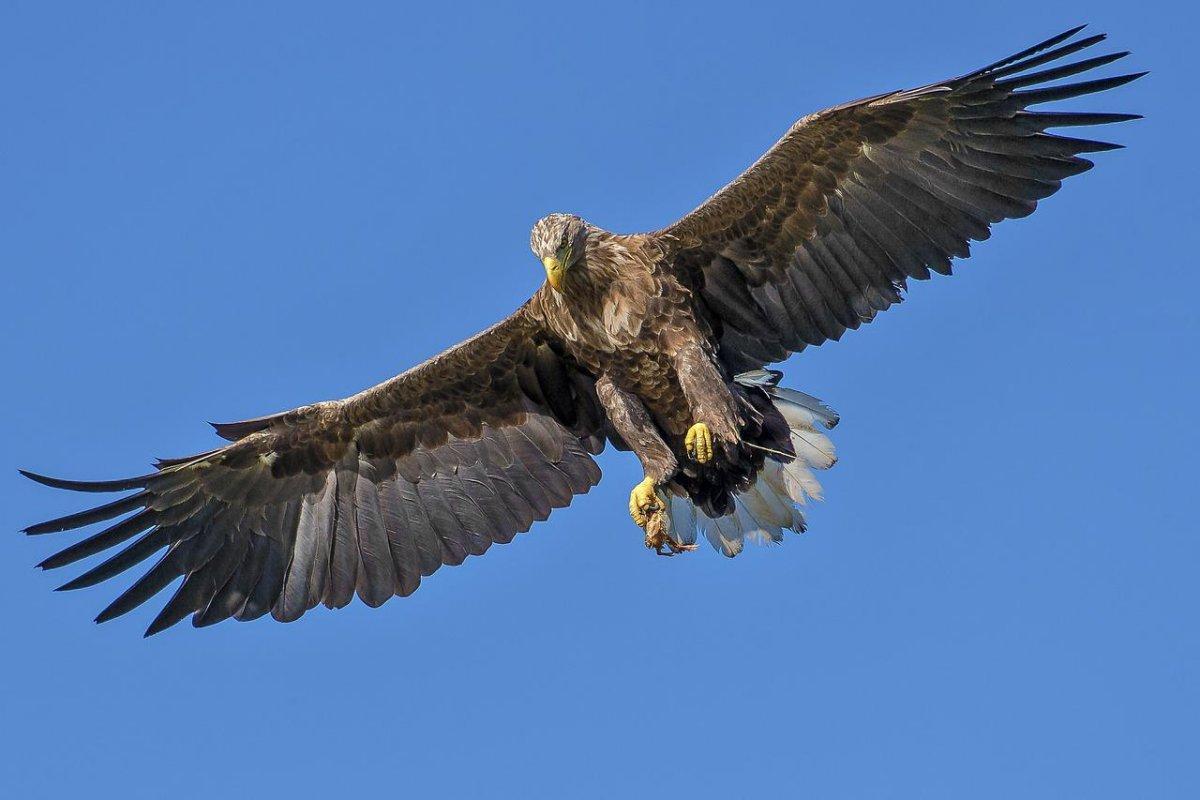
- Name: Greater spotted eagle
- Scientific name: Clanga clanga
- Conservation status:
The greater spotted eagle, also known as the spotted eagle, is a large species of bird of prey that breeds in Eurasia and migrates to Africa and southern Asia during the winter.
The diet of this eagle is mostly made of small mammals such as rodents, as well as birds, insects, frogs, and reptiles. It is particularly opportunistic, and can also feed on carrion whenever it is needed.
13. Moose
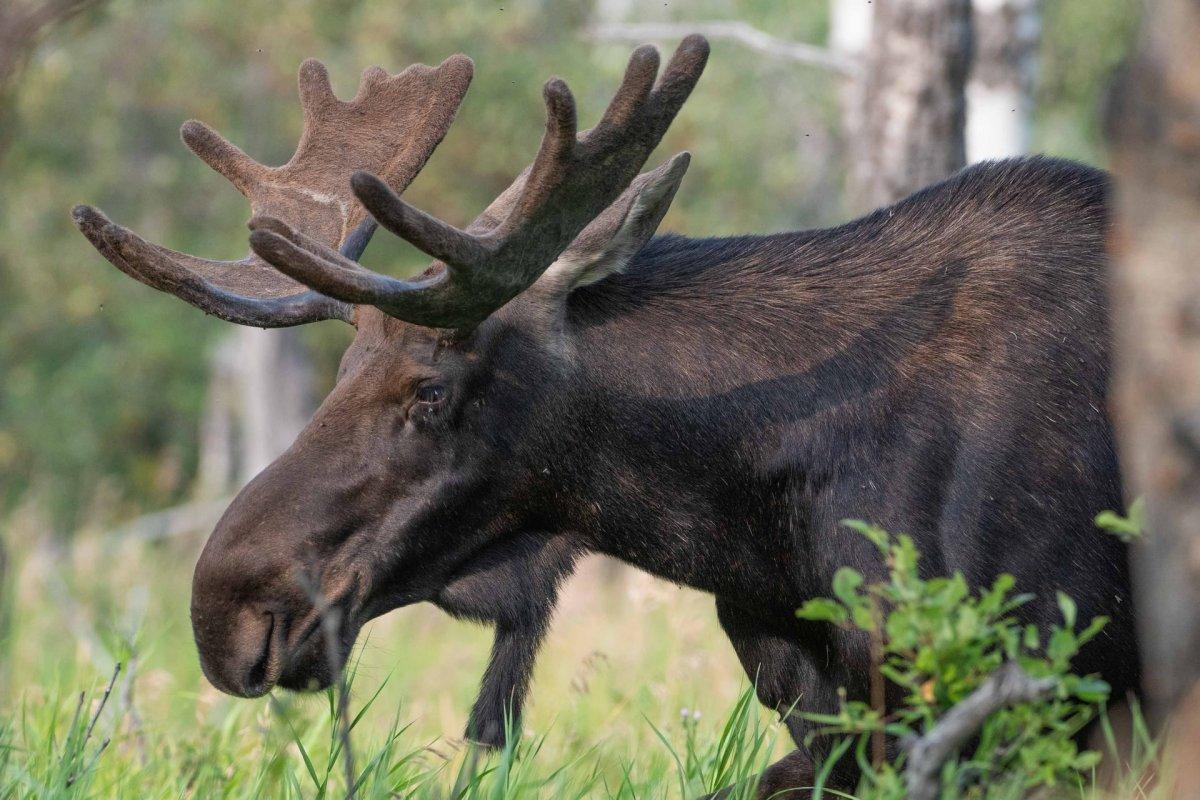
- Name: Moose
- Scientific name: Alces alces
- Conservation status:
Locally known as the elk, the moose is the largest and heaviest species of deer in the world. It has distinctive, broad antlers and lives in the northernmost parts of the globe, usually in the temperate broadleaf and boreal forests.
This ungulate is solitary and feeds on both terrestrial and aquatic vegetation. Its main predators are humans, wolves, bears, and sometimes wolverines. While being mostly peaceful throughout the year, male mooses engage in energetic fights and compete for a female during the mating season.
14. Red fox
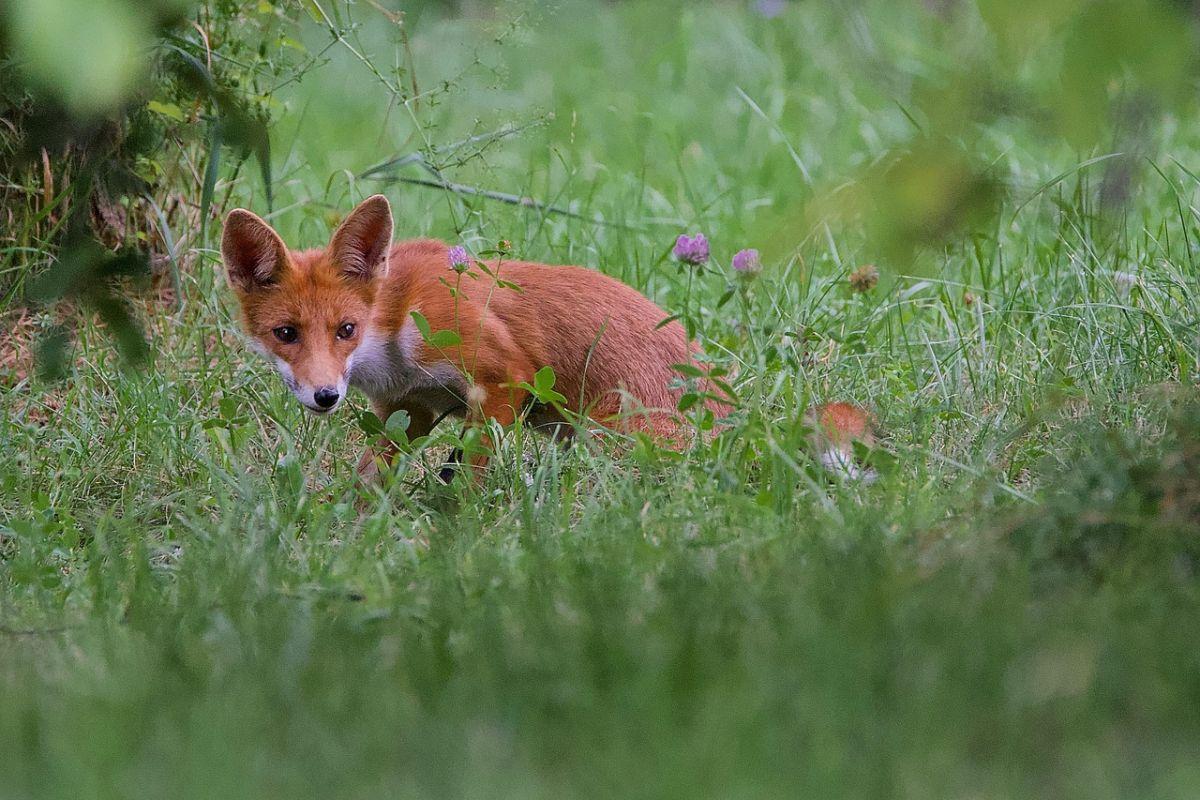
- Name: Red fox
- Scientific name: Vulpes vulpes
- Conservation status:
The red fox is one of the most successful species on the planet. It is the largest of true foxes, and one of the most widely distributed carnivores, being found almost anywhere except for Africa and South America.
This fox has a long history of interaction with humans, sometimes considered a pest, sometimes hunted for its fur, and some others being an essential part of folklore and mythology.
—
So there you have them, these were my 14 wild animals in Latvia. I hope you enjoyed this list and that you learned something new today.
In case you want to learn more about animals in the country, feel free to keep reading, as I still have lots of things to tell you about:
Endangered Animals of Latvia
This is definitely the saddest part of the list, but it is very important to raise awareness. Because of this, let’s go through the list of endangered animals in Latvia.
Here are the animals in danger of extinction in Latvia.
- None
- European mink
- European eel
- Yellow-breasted bunting
- Saker falcon
To see the full list of endangered species in Latvia, head over to the International Union for Conservation of Nature’s Red List.
What is the National Animal of Latvia?
The Latvian national animal is the white wagtail.
The white wagtail, further divided into 9 to 11 subspecies such as the water wagtail or the pied wagtail, is a small species of passerine bird native to much of Europe, Asia, and some parts of Africa.
In Latvia, it is an important part of folk songs, and it is featured on stamps. Other countries with white wagtail stamps are the United Kingdom, Hong Kong, Iran, Iceland, and Norway, among others.
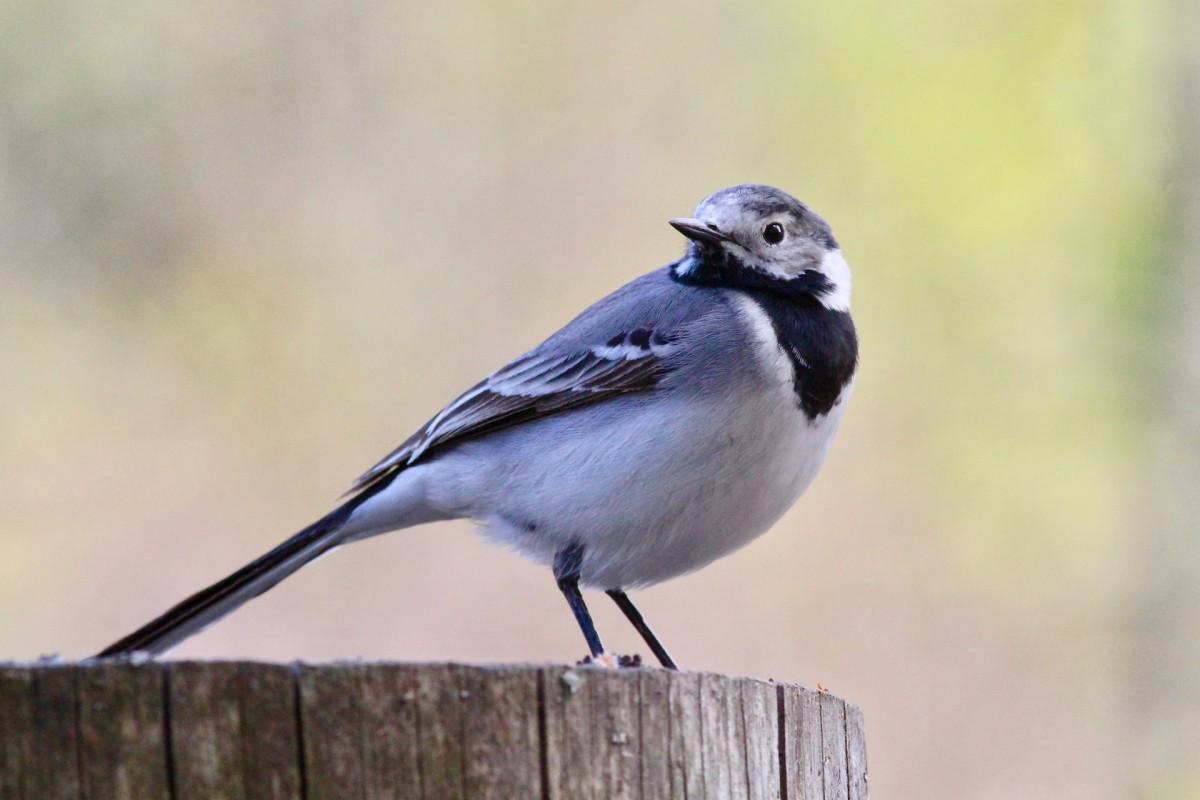
How Many Animals Native to Latvia?
What is the diversity of native animals in Latvia?
Let’s look at the total number of species of Chordata (mammals, birds, fishes, and reptiles).
Total number of animal species in Latvia: 499 (3,149 in total in Europe)
What is the most dangerous animal in Latvia?
There are several species of large animals such as bears that can be quite scary if provoked in Latvia, but they usually do not attack humans, and they are quite elusive.
In fact, the most dangerous animal in Latvia is most likely the common European adder, also known as the common European viper. It is the only venomous snake in the country, but it doesn’t use that much venom: in fact, snakes need venom to digest and they use it sporadically because it takes them a long while to restore their reserves!
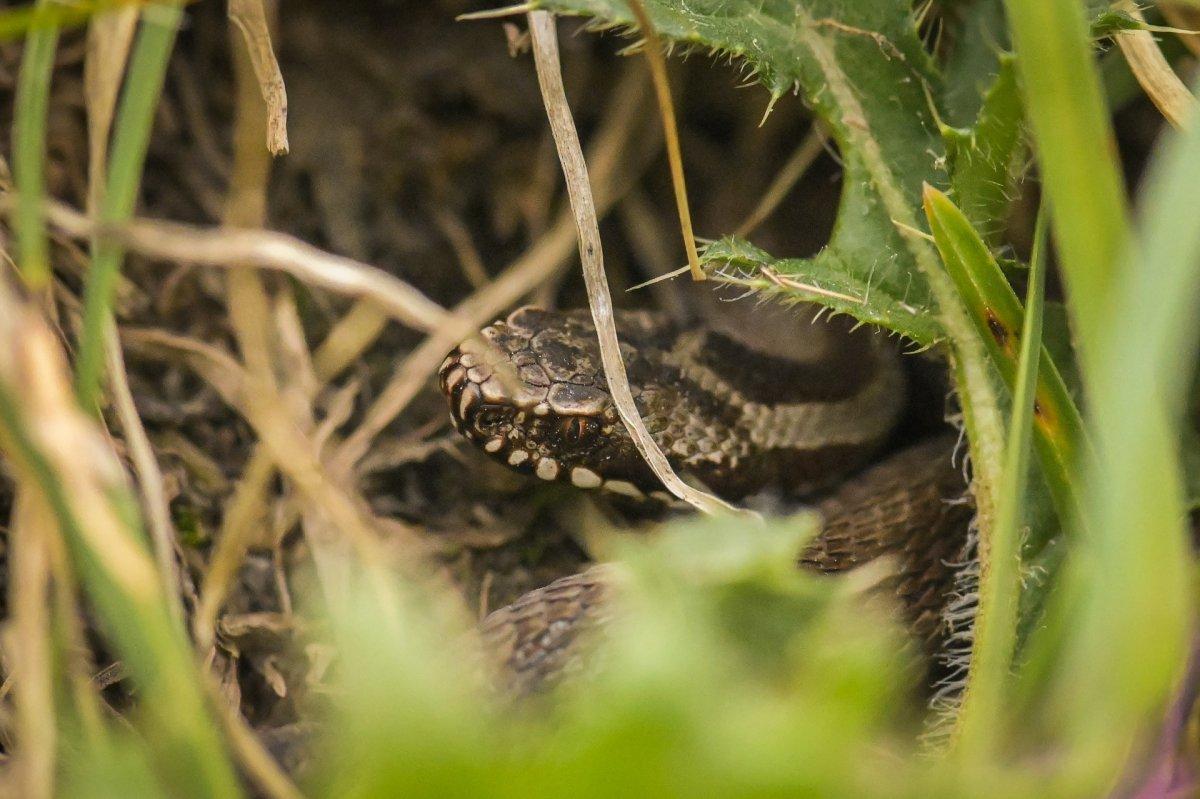
More About Animals in the World!
Loved these Latvia animal facts? Want to see what animals live in other countries?
Then check out these posts:
Or click here to see ALL the facts up on the blog! Spoiler alert: there’s A LOT of them.
Share the knowledge! Click on the buttons below to share information about these famous animals in Latvia with your friends, and help them learn more about the world 🙂
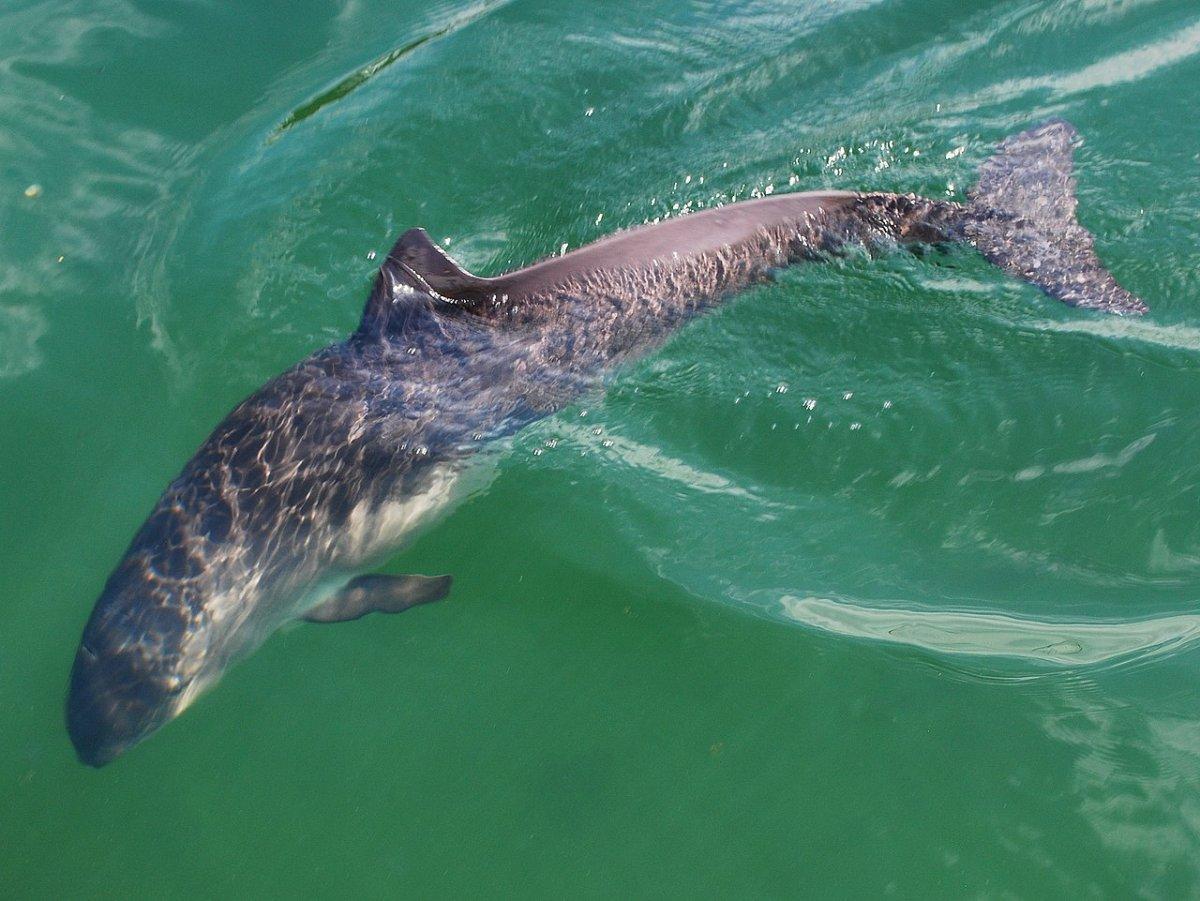

![50 Wild Animals in India [Wildlife in India]](https://www.kevmrc.com/wp-content/uploads/2022/12/50-wild-animals-in-india.jpg)
![24 Wild Animals in Iceland [Wildlife in Iceland]](https://www.kevmrc.com/wp-content/uploads/2022/10/24-wild-animals-in-iceland.jpg)
![13 Wild Animals in Idaho [Wildlife in Idaho]](https://www.kevmrc.com/wp-content/uploads/2023/07/13-wild-animals-in-idaho.jpg)